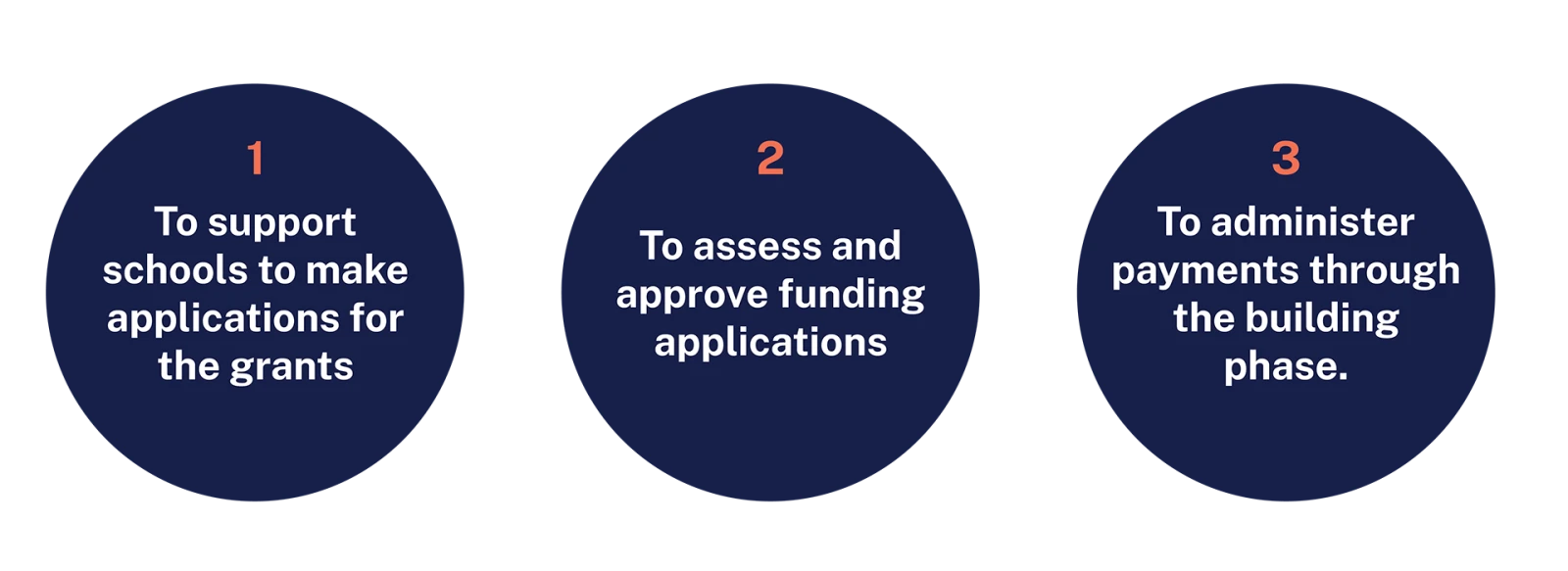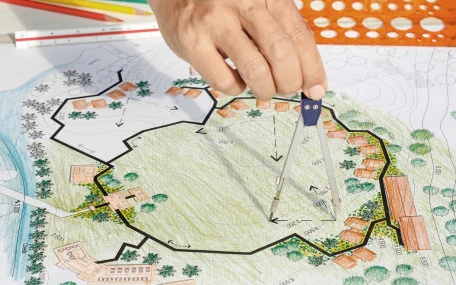Programs
We receive and distribute funding
Queensland Independent Schools Block Grant Authority (QIS BGA) operates as an authority under both State and Commonwealth legislation, receiving capital funds from both levels of government. The QIS BGA distributes these funds as grants to Queensland independent schools to provide financial assistance for the construction or refurbishment of educational facilities, ensuring the assessment of funding applications and the administration of grants are conducted in strict accordance with established funding guidelines.
QIS BGA promote and support schools to deliver value-for-money educational spaces that align with contemporary educational philosophy and practice. QIS BGA has three core functions in its administration of a capital grants program:

Once a project is approved, QIS BGA distributes funds for project phase payments and a final confirmation that funds have been expended per grant guidelines.
The programs
-
Capital Grants Program
The Capital Program allocates funds to support Queensland Independent Schools in constructing educational spaces and related facilities, boarding and distance education facilities.
-
Master Plan Grants
A well-crafted site master plan is crucial because it guarantees that a school's built assets align with its strategic goals, and are phased correctly and within budget constraints.
-
EIS (External Infrastructure Subsidy Scheme)
The External Infrastructure Subsidy Scheme applies to accredited independent school sites where an approval to develop a school-based capital project, issued by the State, a local government authority or other relevant entity requires new or improved external infrastructure or new infrastructure charge contributions.
-
Special Purpose
The Sustainability Special Purpose Funding Round aims to support schools in working toward their sustainability goals by funding projects that enhance energy efficiency, reduce the school's carbon emissions, and improve water management within existing school facilities.




